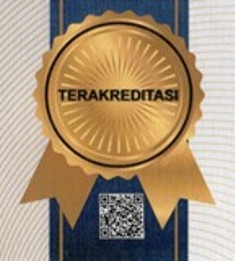The Application of the Canva Application-Based Ttw Strategy to Increase Learning Motivation and Student Learning Outcomes in the Subject of Geography
DOI:
https://doi.org/10.24036/sjdgge.v6i2.428Keywords:
TTW, Canva Application, Learning Motivation, Learning Outcomes, GeographyAbstract
Changes and improvements in the field of education include various components involved in it, both implementing education in the field (teachers' competence and quality of teaching staff), quality of education, curriculum devices, educational facilities and infrastructure, and quality of education management, including changes in learning methods and strategies used. more innovative. Efforts to change and improve are aimed at bringing the quality of education in Indonesia to be better. This study aims to determine the application of the Canva application-based Think-Talk-Write (TTW) strategy to increase student motivation and student learning outcomes in Geography. The method used is a systematic literature review (SLR). The data sources analyzed by the literature can be in the form of books, scientific articles, research journals, research reports, seminar proceedings, and so on. The results of the analysis of several reviewed articles found that the application of an effective TTW strategy based on the Canva application was used by teachers because the TTW strategy invited students to explore students minds by discussing strategies for problem-solving questions that would indirectly improve students' learning motivation, and provide a positive view of the subject of geography.












